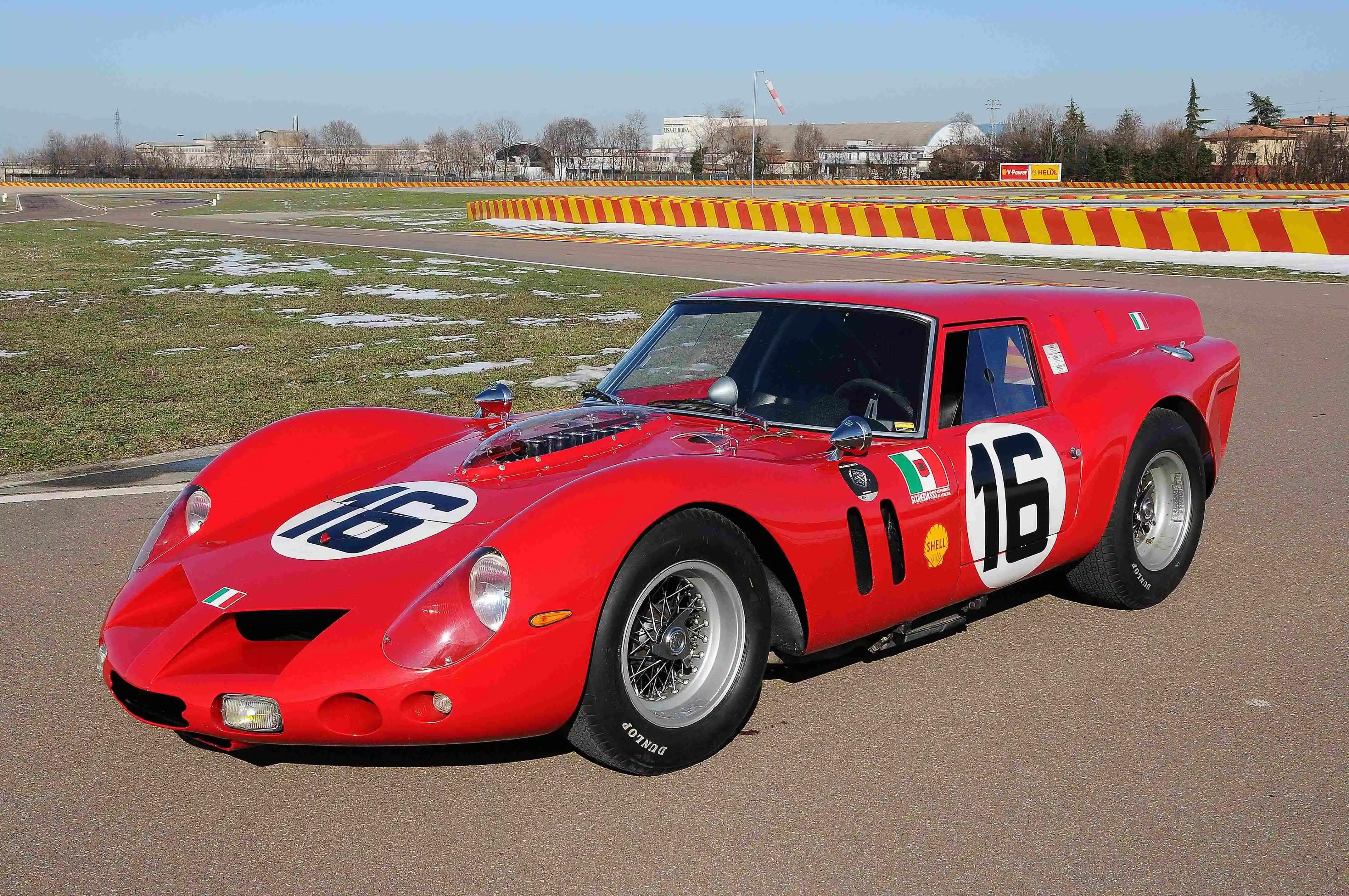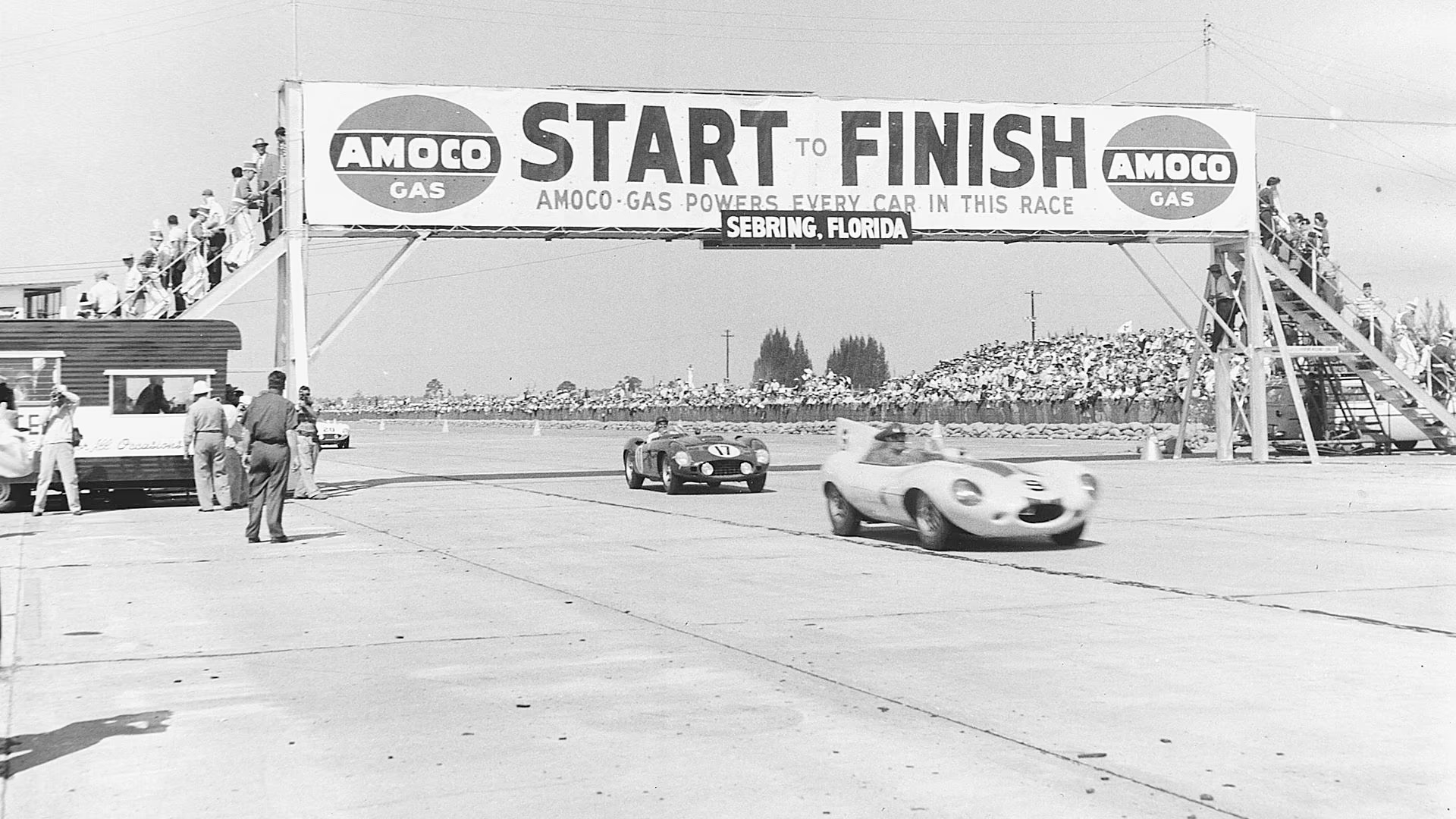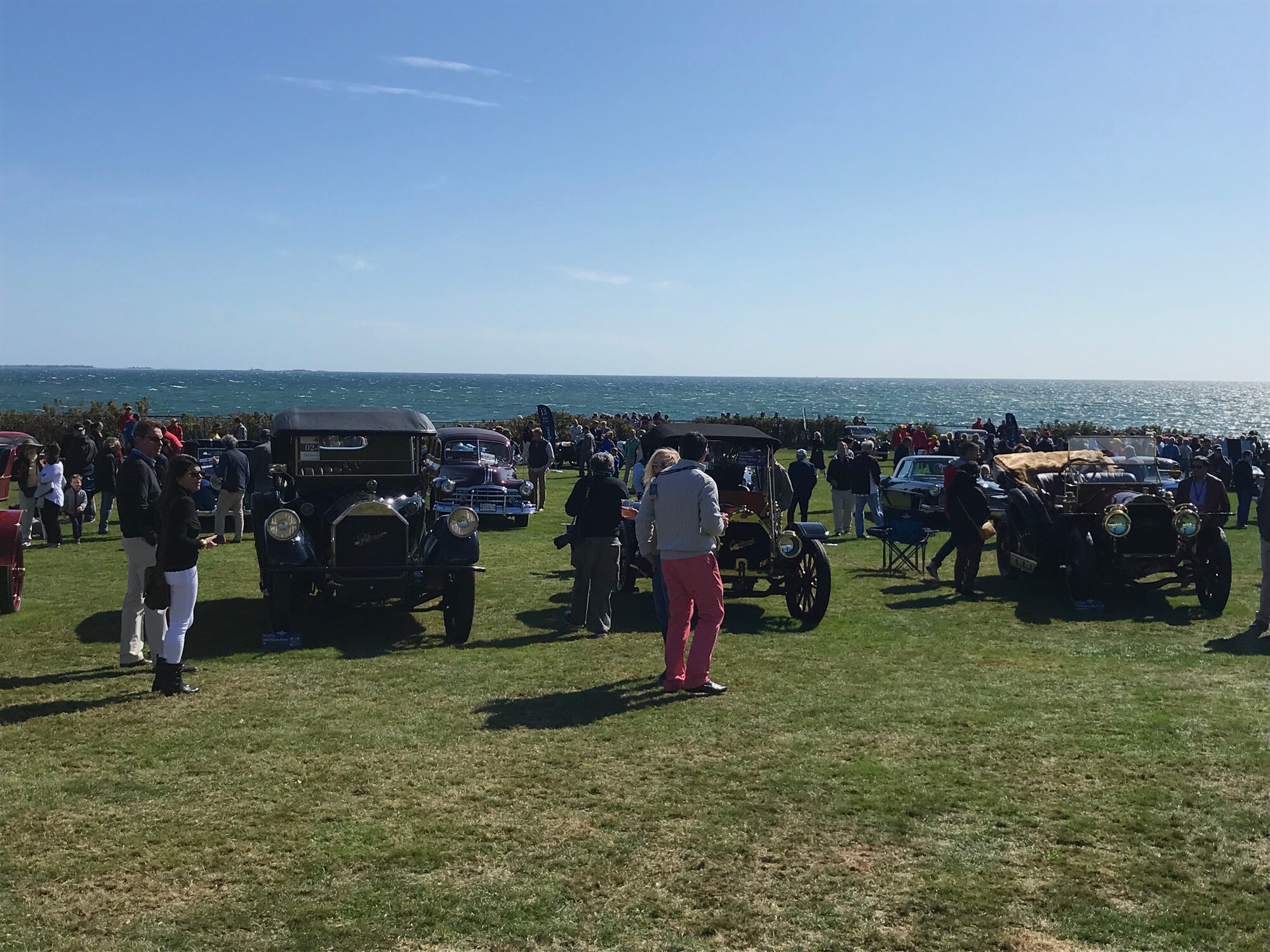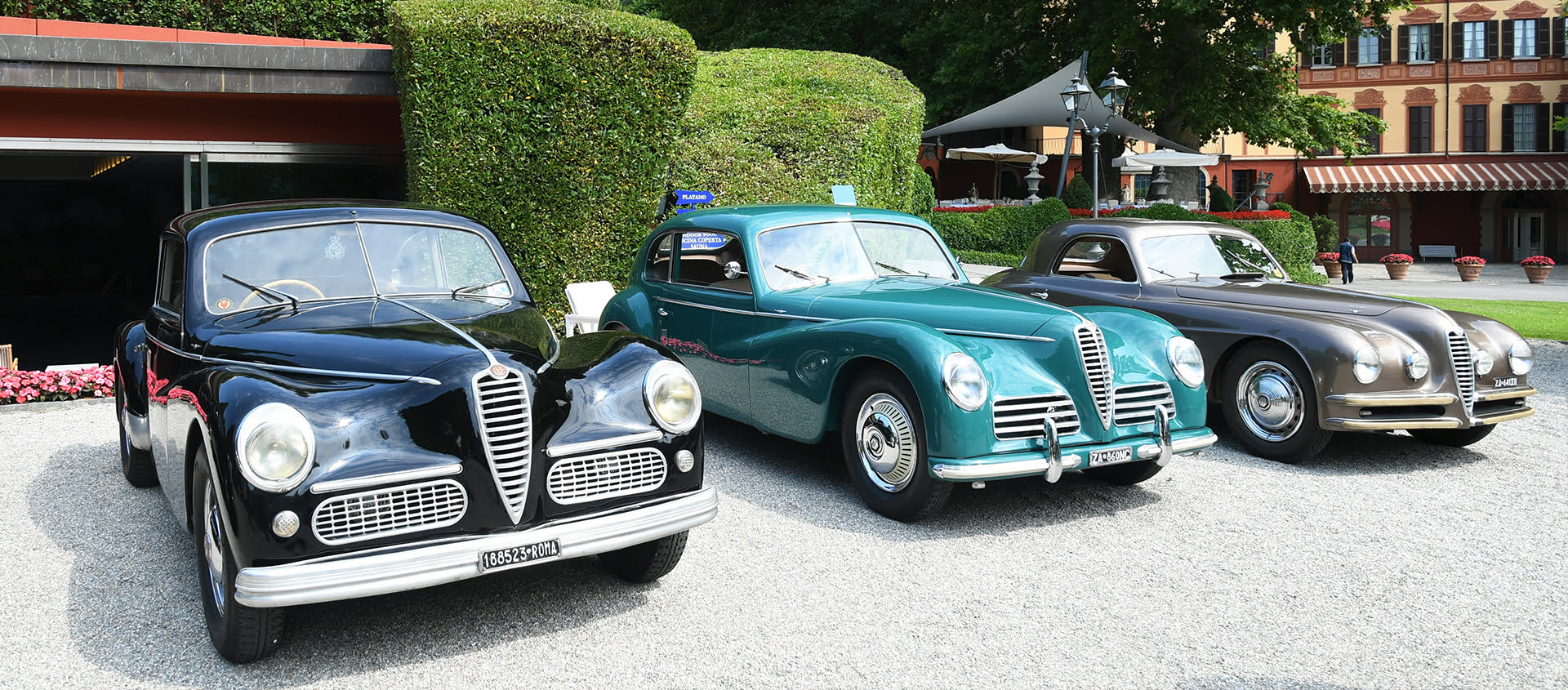Serenissima. Count Volpi of Misurata and the challenge to Ferrari.
18 November 2023 2 min read 3 images

Photo credit: Concorso d’Eleganza Villa d’Este, Ferrari, Looksmartmodels
The nobility and pride of Count Giovanni Volpi di Misurata, heir to one of the wealthiest and most influential families of the Glorious Serenissima Republic of Venice, led him in 1962 to create a racing team that would honour his name in the history of international motorsport. The journey started in the right direction, with a Ferrari 250 Testa Rossa from Scuderia Serenissima clinching victory at the 12 Hours of Sebring in 1962, driven by Jo Bonnier and Lucien Bianchi.
Register to unlock this article
Signing up is free and gives you access to hundreds of articles and additional benefits. See what’s included in your free membership. See what's included in your free membership.
Already have an account? Log In


